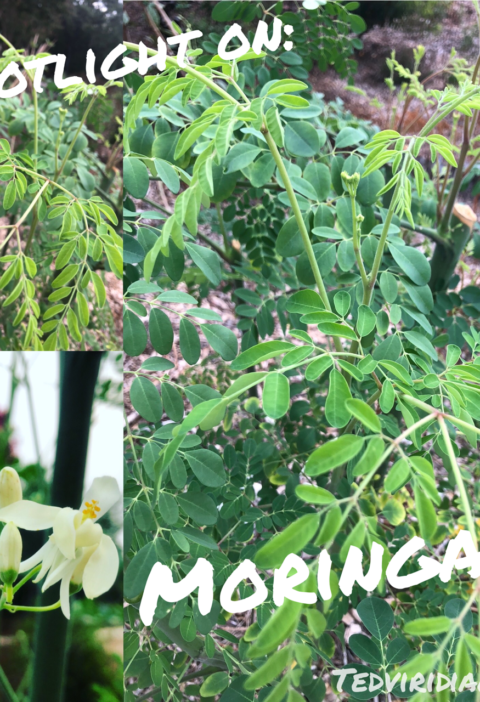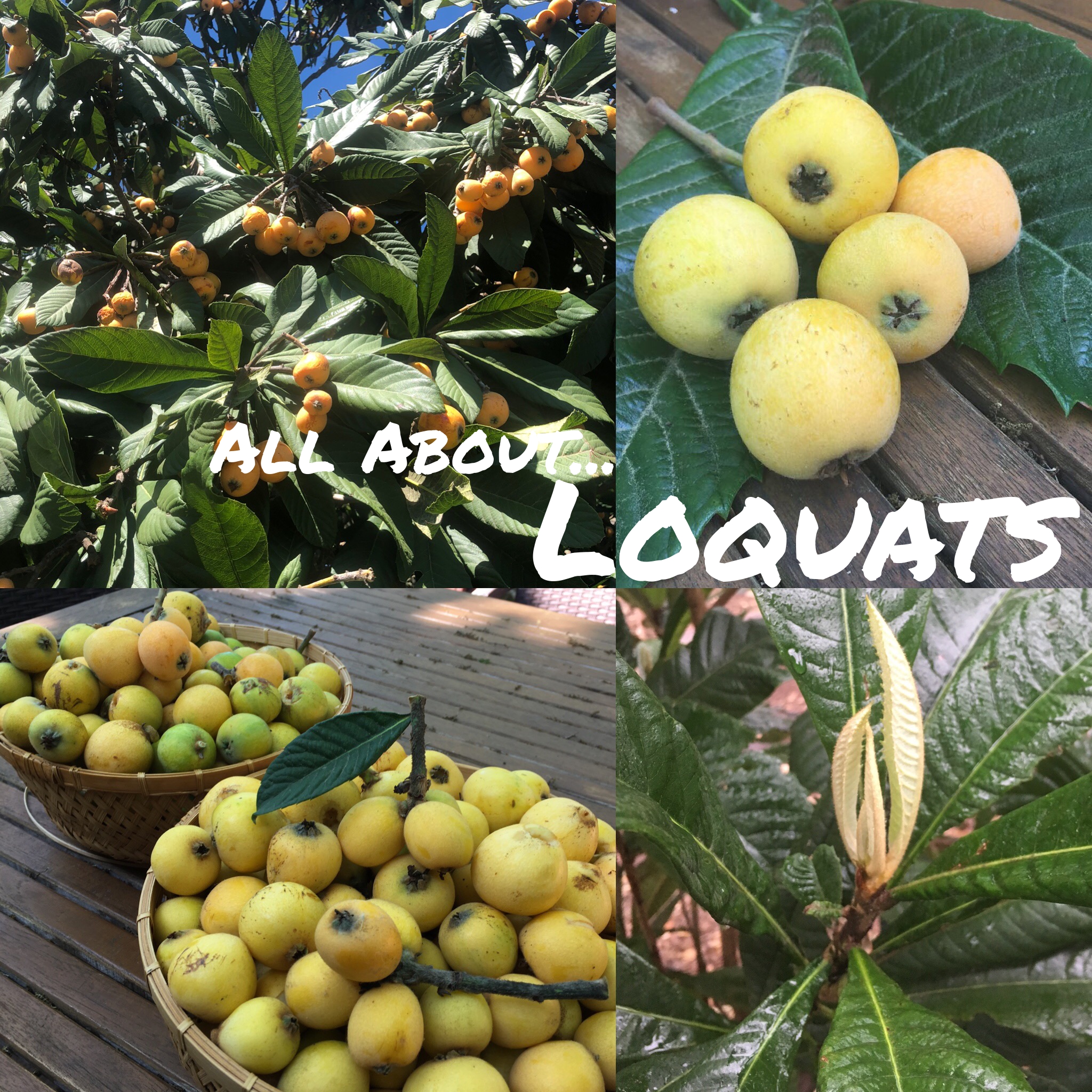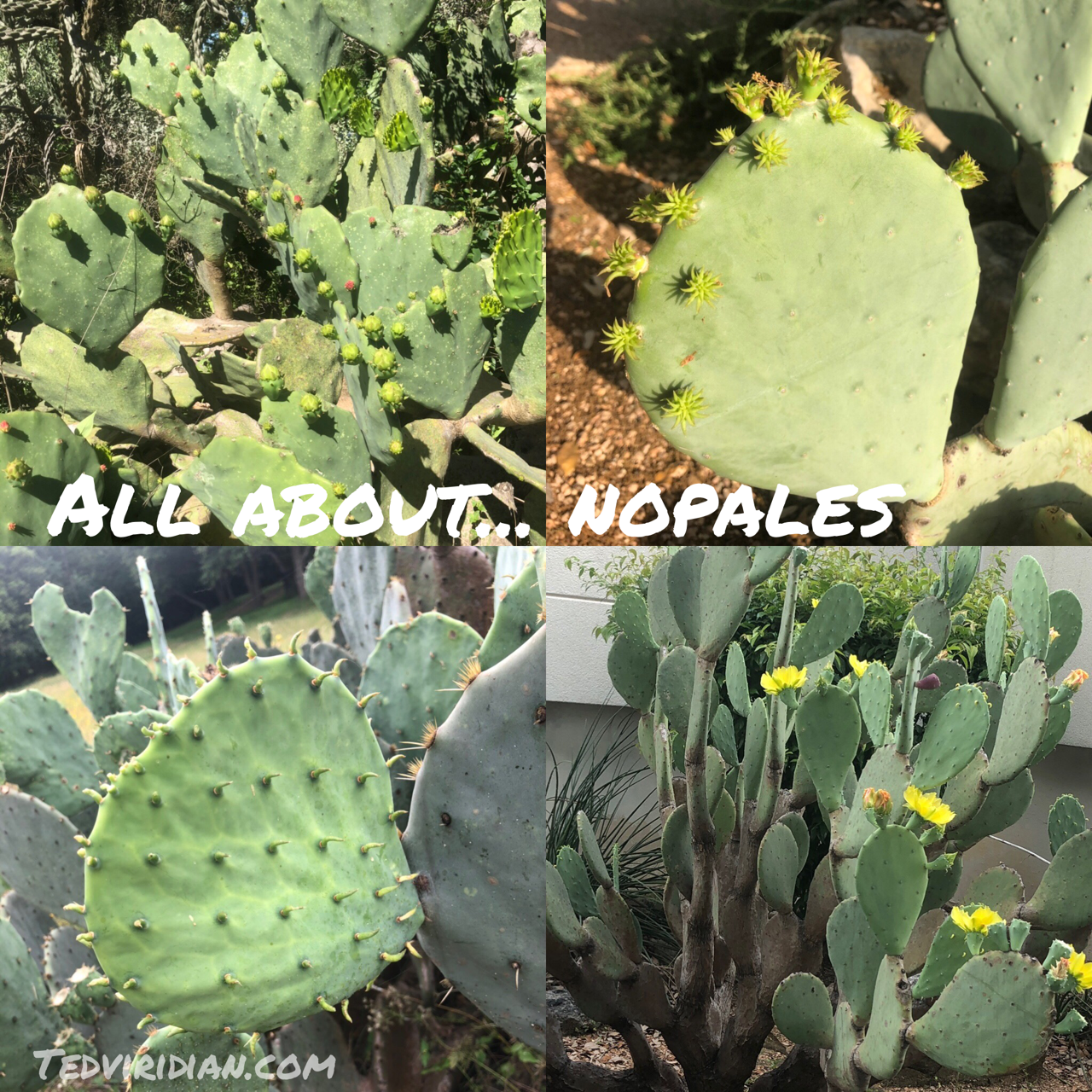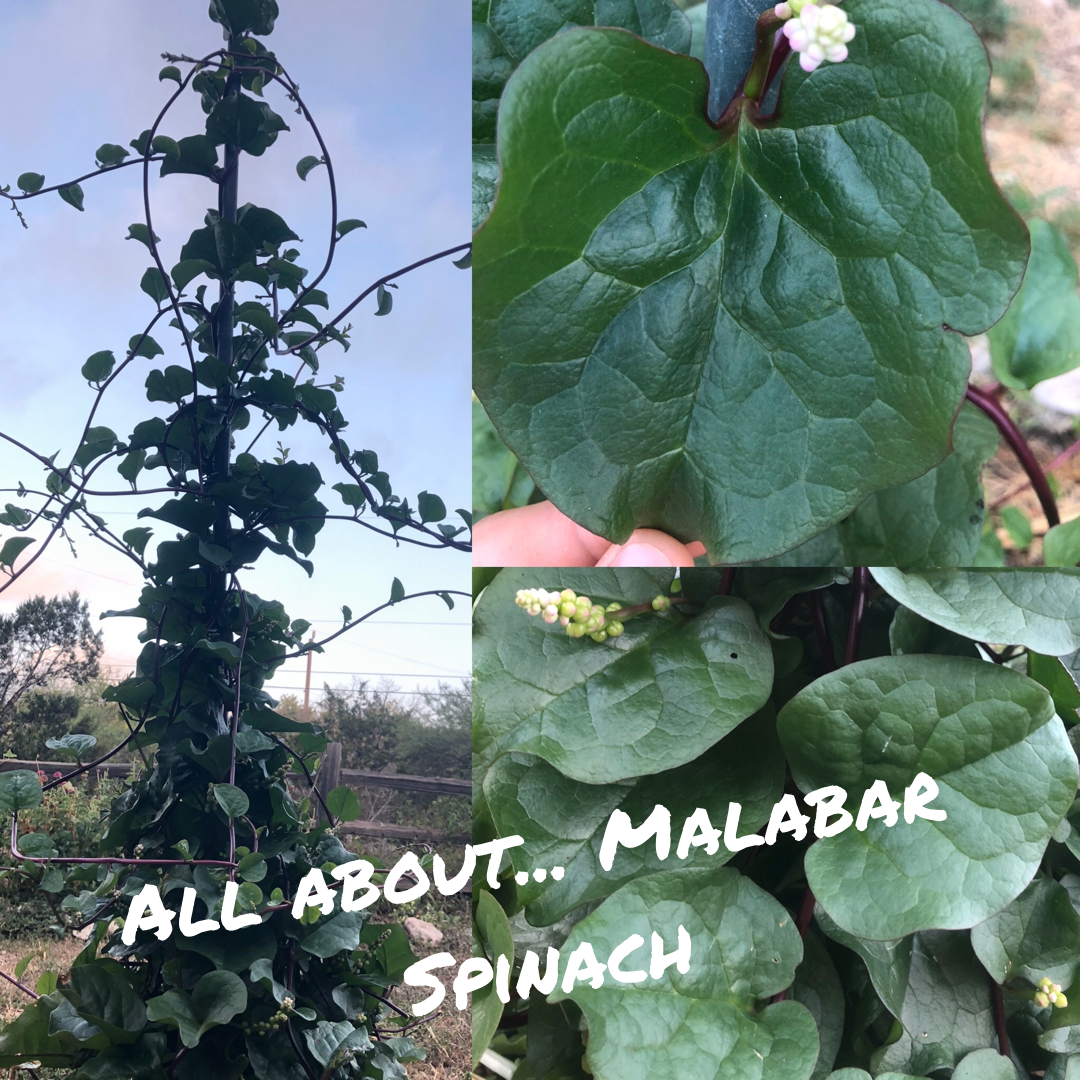Look out Pumpkin Spice! Sweet Potatoes are here to steal the show this holiday season.

Know it:
Sweet potatoes are a native of South America, where they’ve been cultivated for around 3000 years, maybe even longer. But this plant was destined to make its way across the globe, with some help from its human allies.
There’s actually some interesting evidence that sweet potatoes were taken to Polynesia before Europeans arrived in the Americas.
Here’s the theory: people from as far away as New Zealand and Easter island sailed all the way to the west coast of South America. That’s a long journey! Historians think that they made the trip in large double canoes, kind of like catamarans. They then brought sweet potatoes back with them! (along with some other things — but that’s an article for another day.)

But even if Polynesians were munching on them, sweet potatoes didn’t hit the big time until Europeans came to the New World. Columbus brought them back with him to Spain, and these plants started making their way across European gardens. In the years that followed, sweet potatoes traveled as far east as the Philippines and China. And they continue to be an important food source in tropical countries where their storage roots provide carbohydrates and their edible leaves supply nutrition.
Now let’s talk about commonly confused plants. There’s more than one plant that’s called potato. So how do sweet potatoes and true potatoes differ?
To start off, they’re not even related.
Well, not closely anyway. If you want to be technically correct (which is the best kind of correct) all plants are related. Heck, even you share more than 60% of your DNA with the overripe banana sitting on your kitchen counter!)
So what’s in a name?
Our word “potato” actually comes from the spanish word “patata”. If you’ve ever been to Spain, you know that that’s what they call potatoes over there. The word “Patata” came from “batata” a word that Caribbean people used to refer to sweet potatoes!
So it turns out that sweet potatoes had the name first! The Peruvian name for true potatoes was originally “papa,” which has passed directly into Latin American Spanish.
Sweet potato’s proper Latin name is Ipomoea batatas. Of course, there’s a whole laundry list of common names for it too: sweet potato, yam, batata, camote, boniato, just to name a few.
The one you may be familiar hearing is “yam”, especially if you’ve spent any time in the southern United States. This might leave you wondering if there’s a difference between yams and sweet potatoes.
As it turns out there actually is a big difference between the two, but in the United States both names are used to refer to the same thing! Confused yet?
WARNING: Soapbox alert
The correct name for these guys is in fact “sweet potato.” Not “yam”! You can, of course, call them whatever you want, but it will be a whole lot less confusing to the rest of us if we all get on board with calling them sweet potatoes. Why? Because as it turns out, the word “yam” actually refers to a totally different plant.
Yup. Even more distantly related than true potatoes are! True Yams are actually related to grasses and lillies, making them monocots. Sweet potatoes are dicots. (What’s the difference?) The roots do look a little sweet potatoes, but they are starchier and not sweet, and can get massive! They also have a more bark-like skin.

True yams belong to the genus Dioscorea, and there are actually many species of them. They’re distributed throughout the old world, although they are especially concentrated in Africa.
You almost never see yams in american supermarkets, though. This name mix up began when Africans were brought to the Americas as slaves. Having never seen sweet potatoes (How could they? They were an ocean away) the Africans started to refer to them as yams, which is understandable — they look pretty similar. The name ended up sticking and that unsavory piece of history is how we wound up with with all this sweet potato naming confusion.
So at this point you might be wondering, if sweet potatoes aren’t related to Irish potatoes, and they’re not related to yams, what the heck are they related to?

Morning glories! These guys are actually in the same genus, Ipomoea. You can see how similar their flowers look:

Meet It:
So, this article is about the most common plant I’ve written about thus far. Unlike more esoteric veggies I’ve featured, like Nopalitos or Malabar Spinach, US grocery stores carry sweet potatoes fresh, canned, and probably even frozen too. Fresh is the way to go, in my not so humble opinion. My thinking is that the closer a food is to its natural state the better.
I would venture to say that most people probably already know what a sweet potato is.
What you might not know, though, is that sweet potato leaves are completely edible, and are an important source of leafy greens in tropical areas. Some areas of the world actually grow sweet potatoes specifically for the leaves!
Some varieties are supposed to have better tasting leaves than others, which would make sense. I must confess, however that I have yet to try the leaves for myself. I know, I know, I gotta get on that.
Another thing you might not know is the wide range of beautiful colors sweet potatoes offer! More than just boring old orange, there are sweet potatoes for every color pallete, including yellow, red, white, and even purple! (which is the color that I grew this year)
These colors are a result of various plant pigments. Orange sweet potatoes contain beta carotene and the purples contain anthocyanins. I’m no doctor, but these chemicals that plants naturally produce are assigned a host of benefits, from providing vitamin A to neutralizing free radicals that can damage DNA and cause cancers. I’ve included some sources at the bottom of the article if you’d like to know more!

Grow it:
Sweet potatoes make an excellent groundcover, which has the added bonus of being completely edible!
You could try your luck with growing them vertically, which I’m usually a fan of, but I think that this plant is one case where it’s better to grow them on the ground. The stems produce adventitious roots which will end up making even more sweet potatoes for you!
You’ll need a long growing season, at least 120 days without frost. Sweet potatoes love sun and heat and take over during the summer when there isn’t much else that wants to grow. Just make sure they have enough water!
There are tons of different varieties of sweet potatoes to try growing. You can find the little plants, called slips, at nurseries, online, or you can do what I did this year: grow them from the grocery store!
Little slips are super easy to grow from store bought sweet potatoes! Just stick 3-5 tooth picks around and suspend it in a jar of water nearby a sunny window.
A word of caution though: pay attention to what side is up! You can usually find the side that the potato was cut on — that side goes up.

Here’s a great example of what NOT to do…

If you put the potato in the water upside down your potato will rot, which is not a pleasant experience for you, your guests, or your potato. You should also change the water every couple days or so to discourage rotting.

Soon you’ll have little vines growing out of the potato. These are the slips. Once your slips are about 6 inches long you can gently break them off and put them in their own jar of water so they make their own roots.
Voila! Now you’ve got tons of sweet potato plants to put in your garden!
I just went down to my nearest fancy market where they had several different types of sweet potatoes and picked the most expensive one — might as well grow the pricey ones! It was also purple which I thought was neat.
Sweet potatoes do produce seeds, but only in climates that are very warm. It’s just easier to propagate this plant is usually vegetatively through slips or cuttings. This also ensures that the potatoes stay exactly the same, genetically speaking.
Oh, by the way, even if you don’t like the taste of sweet potatoes, lots of them are grown as ornamental ground covers! There are a wide range of sweet potatoes with beautifully colored foliage.

Be careful if you live in a place where deer like to hang out. Deer LOVE sweet potato leaves and will eat every single one as soon as your back is turned. Try and grow them somewhere inside a fence
Your sweet potatoes are ready to harvest as soon as you get a frost! The leaves will die back and look terrible, this this:

You’ve gotta act quickly once this happens, do some digging and see what you can find!

Eat it
Sweet potatoes, as the name suggests, are sweet. This is because the starch is broken down by an enzyme which turns it into a sugar called maltose.
There are some varieties of sweet potatoes that actually turn up to 75% of their starch into maltose! This gives them a very moist texture and they’re so sweet it almost seems like they’ve been doused in syrup. There are also varieties of sweet potatoes that stay starchy, making them taste more like true potatoes.
Freshly harvested roots are also less sweet, because the enzymes haven’t started to get busy yet. Most of the sweet potatoes you can get in the stored have been allowed to cure, which helps with their sugar development and helps them heal any wounds they might have gotten during harvesting and shipping so they don’t go bad.
The curing process requires high humidity and temperatures around 80 degrees F for about two weeks, and then lower temperatures for about 6 weeks. It’s rather scientific sounding, and sounds like a great experiment for future Ted to mess around with… next year.
This year, I just put them in a paper grocery bag and put them on top of the fridge. I’ll give them a couple weeks up there and I’ll let you know how it goes.

The way you cook them also has a big impact on how sweet they are. Long, slow cooking times with moist heat gives the enzyme more time to work. If you want them starchier, cook them faster and hotter.
This is the first year I’ve harvested ones I grew myself! My plan is to use some immediately in starchier recipes, and let the others cure so that I can use them in some desserts.

Speaking of desserts, sweet potato pie is a delicious alternative to pumpkin pie. Lots of people even swear that it’s better than pumpkin! I don’t want to get into that debate, I’ll just say that there are strong opinions on both sides and leave it at that.
Now that we’ve talked about purple ones I’m going to end with one more plant that sweet potato is often confused with.
What?? another one!
I know, I know. This poor plant sure gets mixed up with a lot of other species.
“Ube” (pronounced ooh bay) experienced a explosion of popularity in the foodie scene a little while ago. It’s been used in ice cream, in dessert sauce, in smoothies, in drink, in waffles, in cakes, you name it and somebody has probably tried making an Ube version of it.
But is ube just another name for purple sweet potato?
Turns out… no.
Ube is a species of yam called Dioscorea alata. Like other true yams, fresh ube is rarely available in the U.S. It has bark-like skin and purple to lilac colored flesh.

See the difference? Now you know! So stop calling purple sweet potatoes ube!
I hope you’ve learned a little something about sweet potatoes! Join me next time for a new recipe! Purple sweet potato gnocchi!
References:
https://hort.purdue.edu/newcrop/CropFactSheets/sweetpotato.html
https://blogs.loc.gov/inside_adams/2010/11/a-sweet-potato-history/
Perennial Vegetables by Eric T
On food and Cooking by






